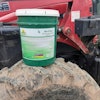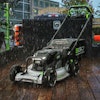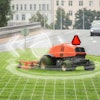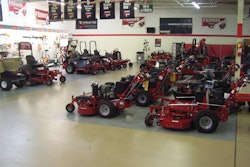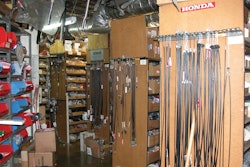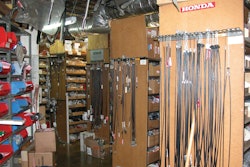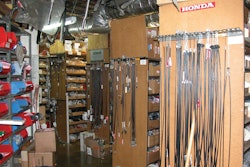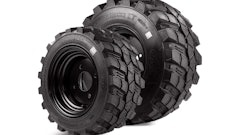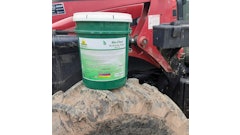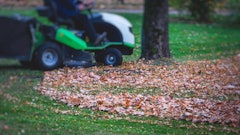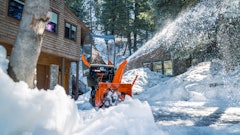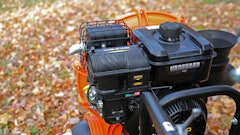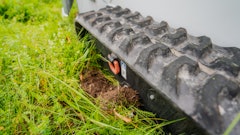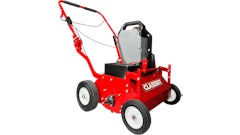Sharpening your chainsaw chain extends its life, improves cut quality and is easier on the chainsaw unit’s motor. Still, many users procrastinate when it comes to sharpening their chain.
“People don't realize that the more you run a dull saw, the more damage you are causing at a faster rate to the chain," explains Mark Chisholm, a third-generation Stihl spokesperson and certified arborist working with his family-owned Aspen Tree Expert Company in New Jersey. "You’ll have to work that much harder to get it sharp again.”
How much time between each sharpening varies greatly depending on the conditions in the field and the type of cutting you are doing. If you notice just the slightest dulling of the chain, it’s time to sharpen.
Choosing a Tool – There are three tools you can use to sharpen a chainsaw: a rotary tool, hand file, or bench-mounted sharpener. Whatever tool you choose, be sure it is the correct diameter for your specific saw chain. Below are the steps for hand-filing a chain.
Clean and Inspect for Wear – Clean the chain to remove any debris or grease before sharpening. Inspect the chain to see if any teeth are too damaged or worn for sharpening. You may decide to replace the chain entirely instead of sharpening.
A Steady Starting Point – With the chainsaw on a steady surface or the bar in a vice clamp, select a starting point to begin sharpening. All teeth need to be filed to the same size, so choose the shortest or the most damaged to start with.
Angle and File – Set your file where it fits flush in the saw tooth. Check saw specifications for the correct (original) angle at which to file. File across the cutter in a smooth twisting motion. File every other tooth before switching over to file every other remaining tooth in the opposite direction.
Raker Clearance Check – Check each tooth's raker (also known as a depth gauge) height with a raker gauge, and file flat if needed.
Final Steps – Oil the chain and check tensioning before proceeding to use the chainsaw.
Remember to always consult your owner’s manual for proper maintenance as it relates to your specific make and model of equipment.

